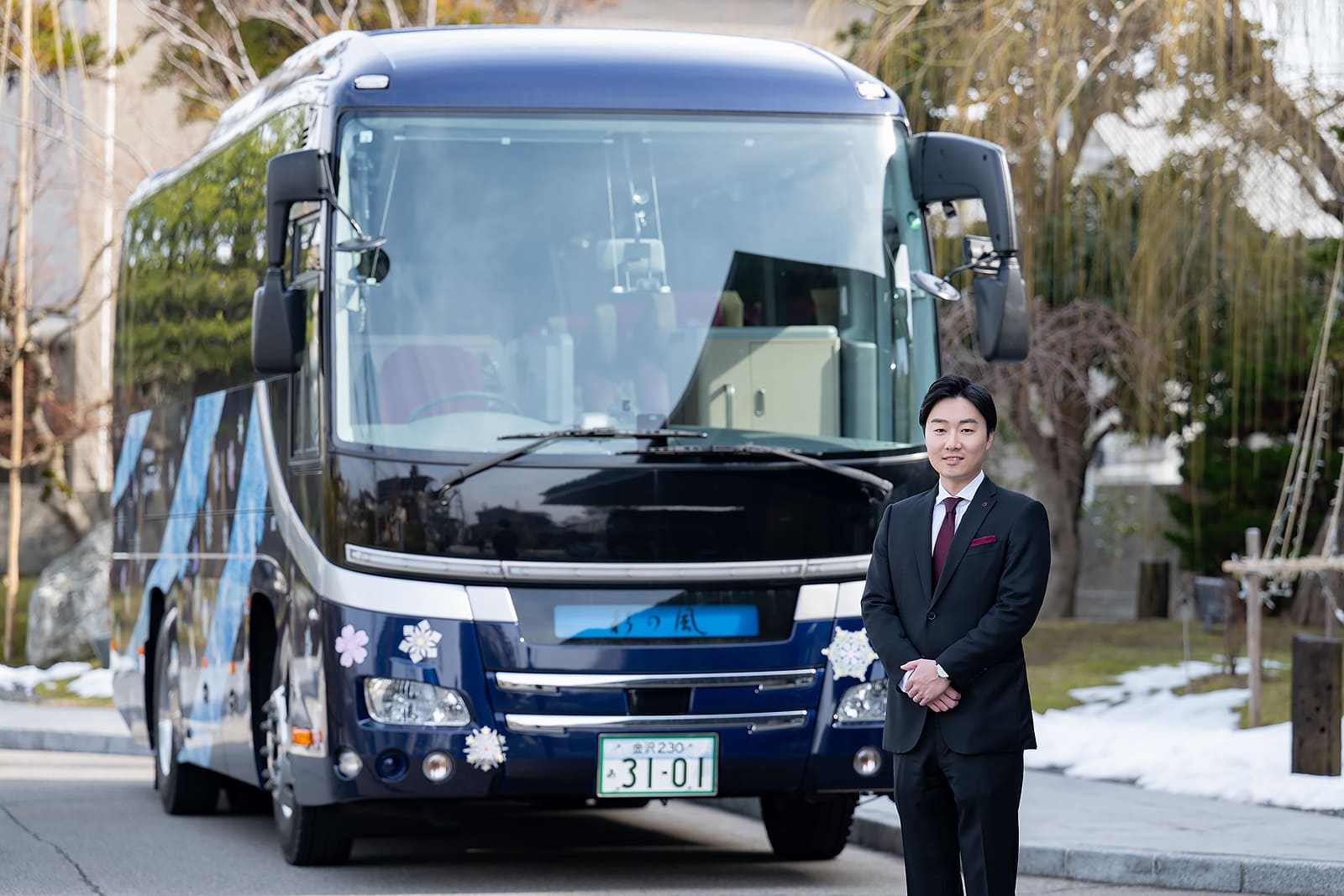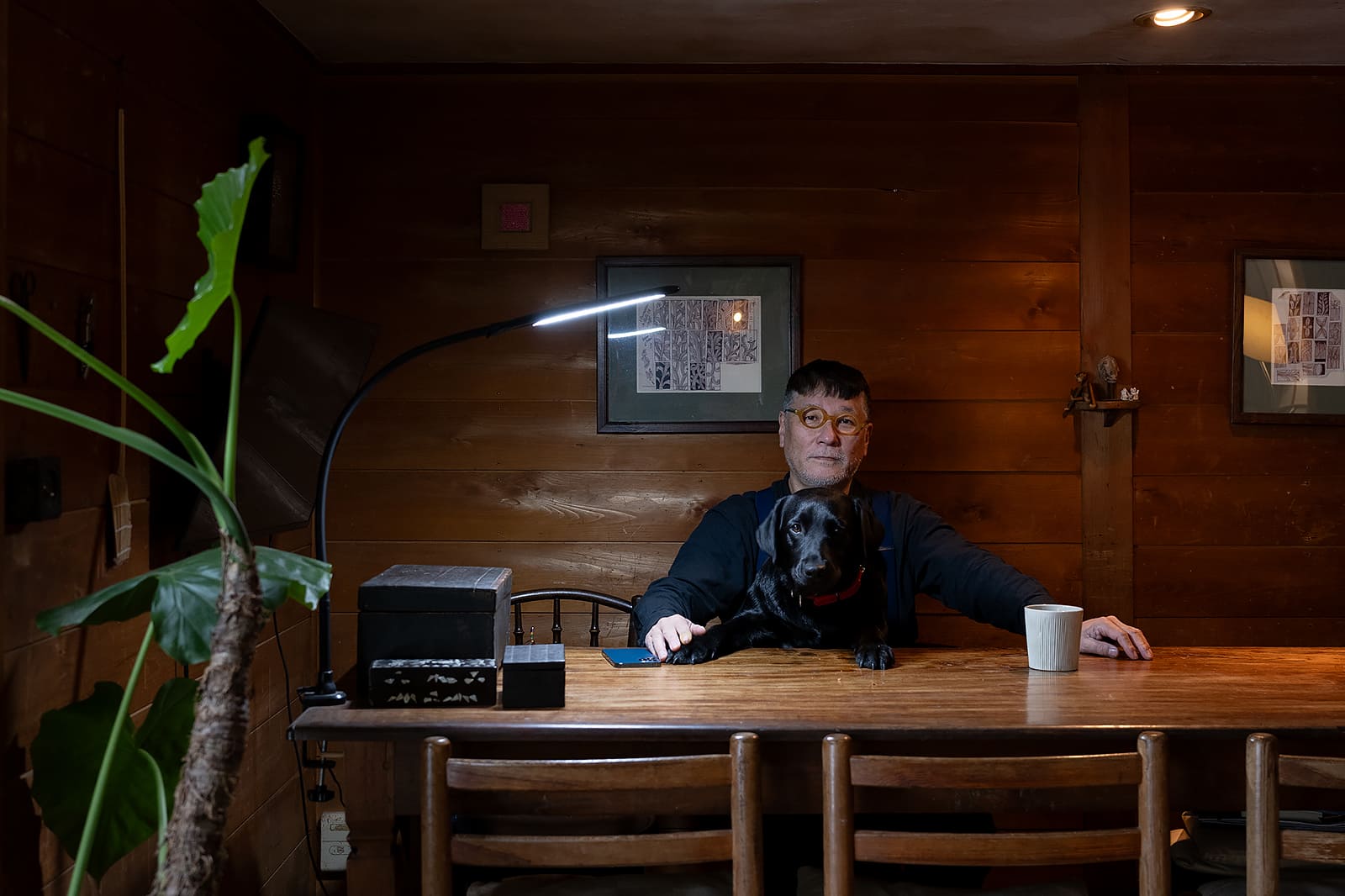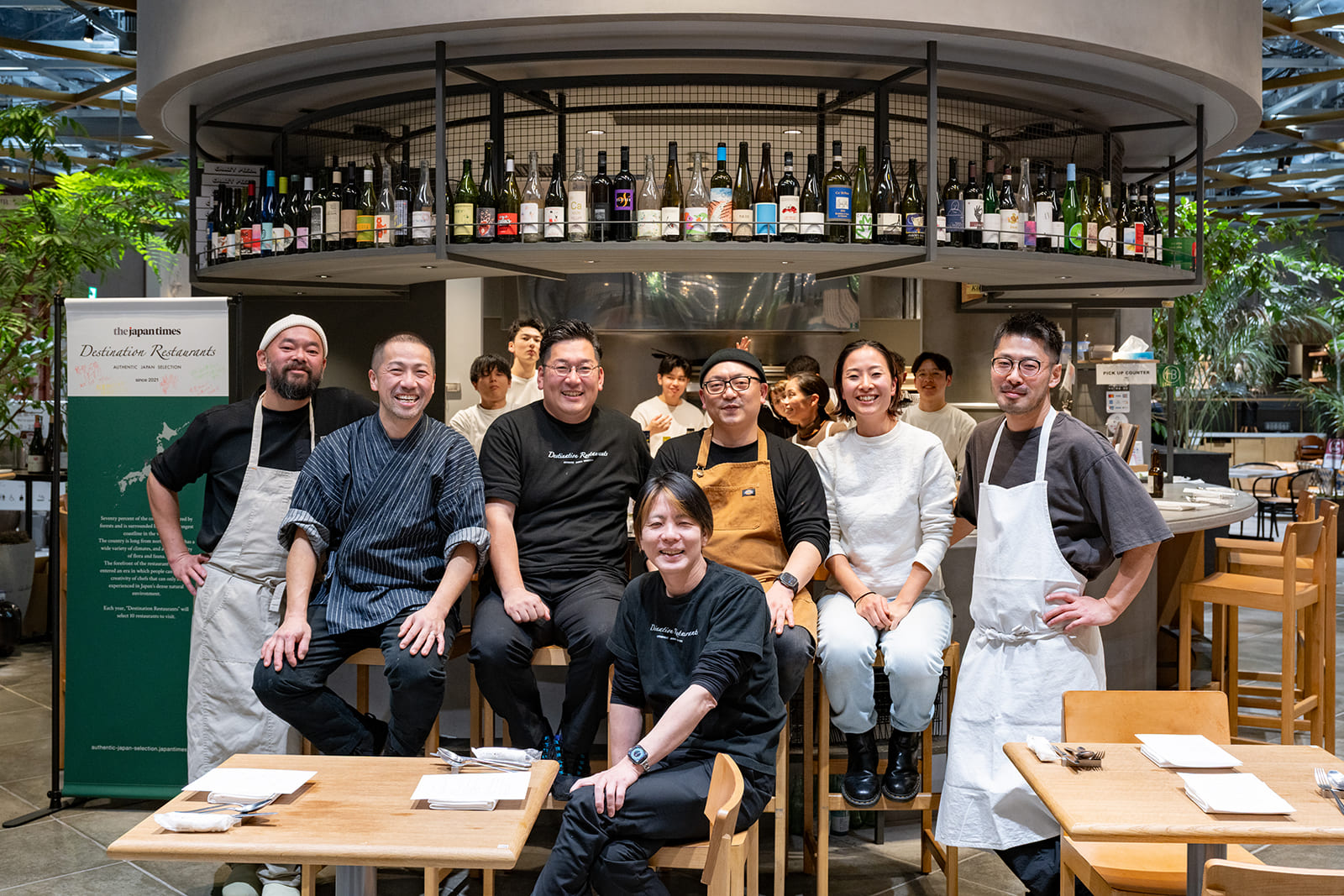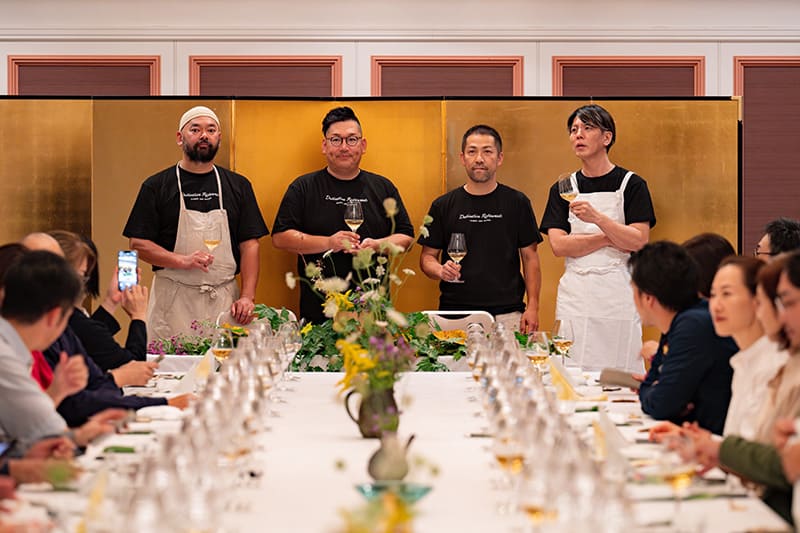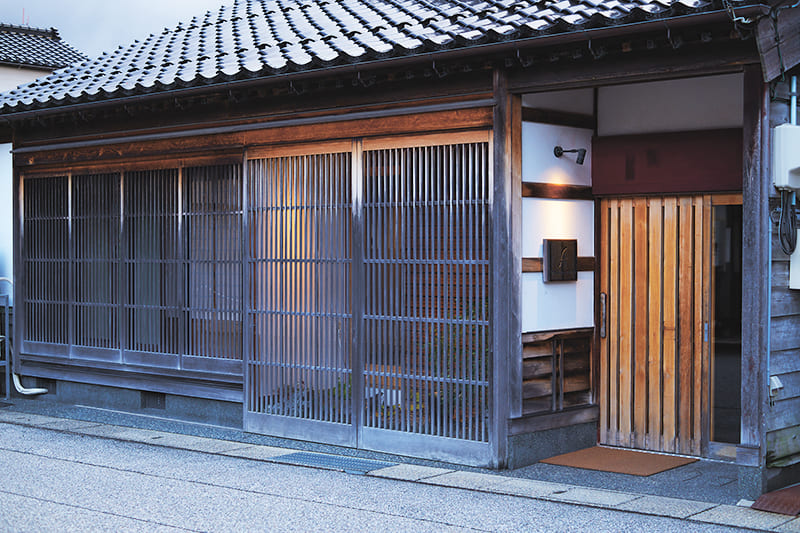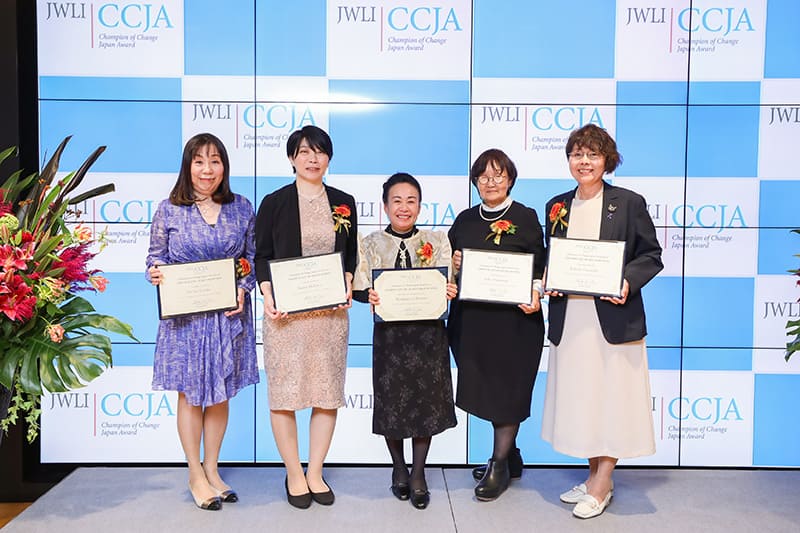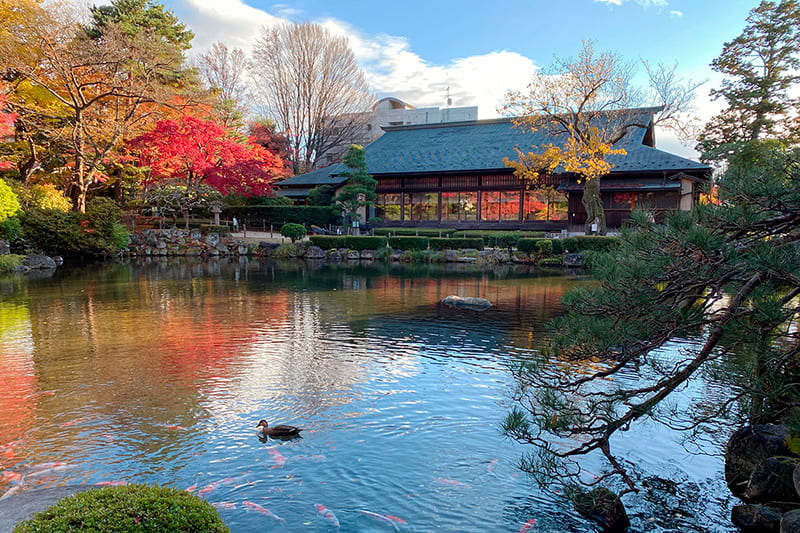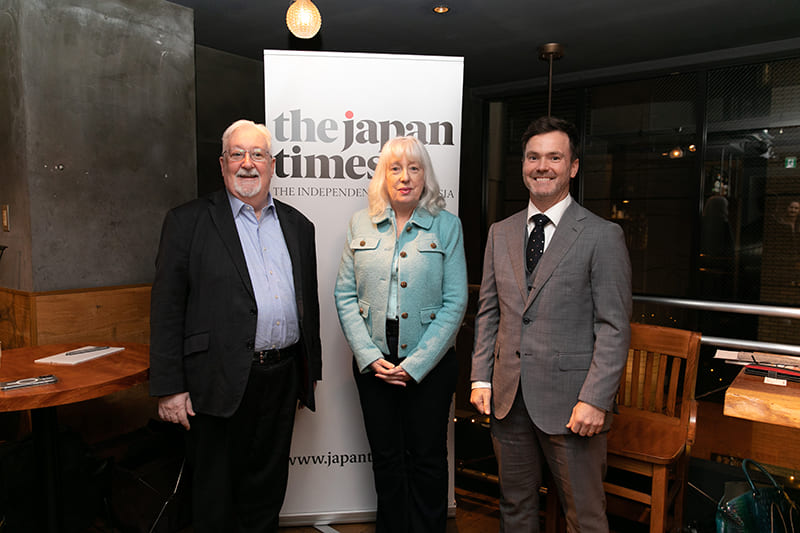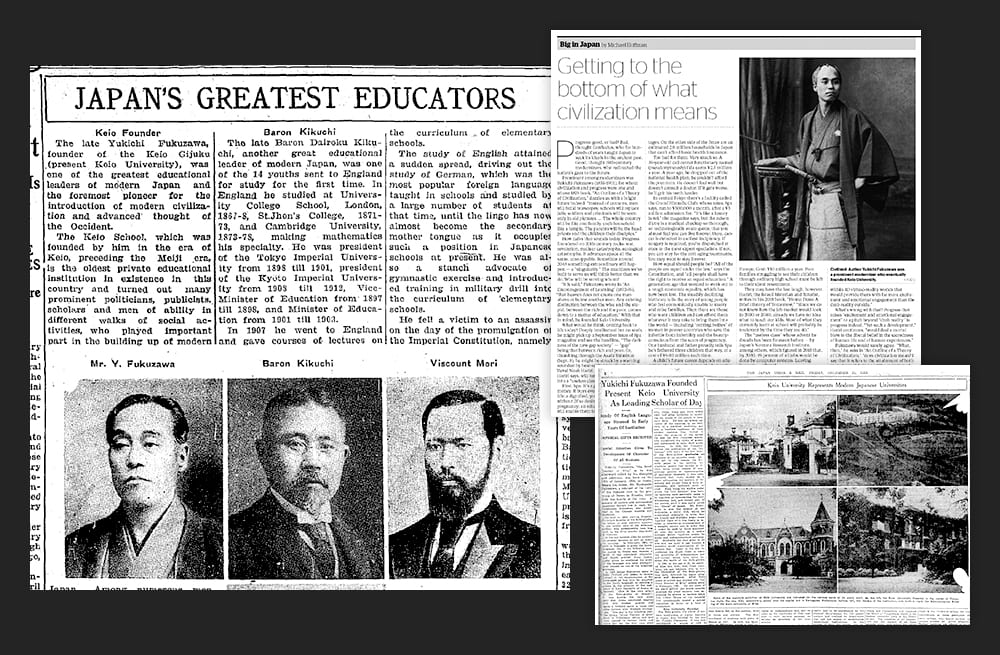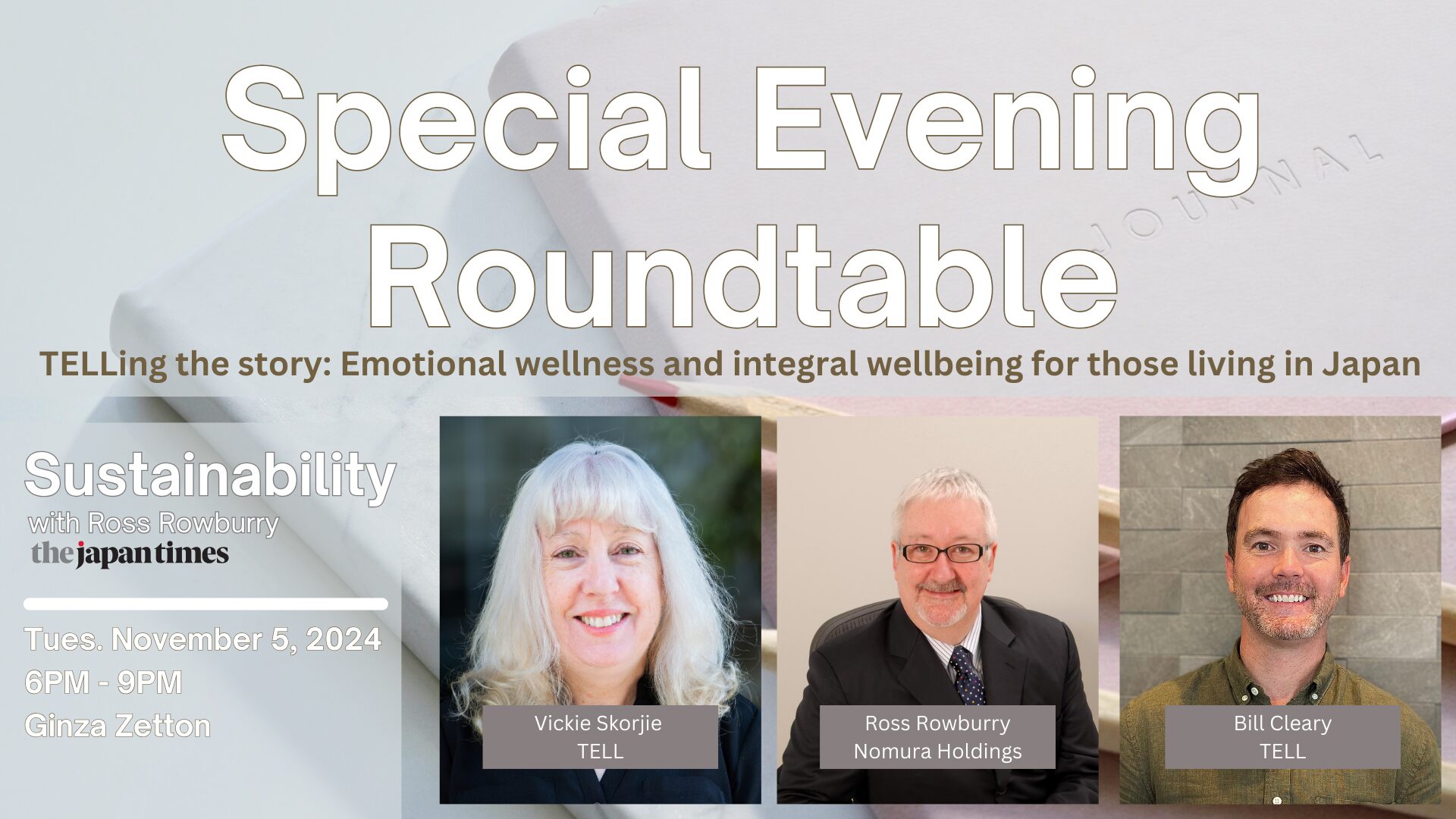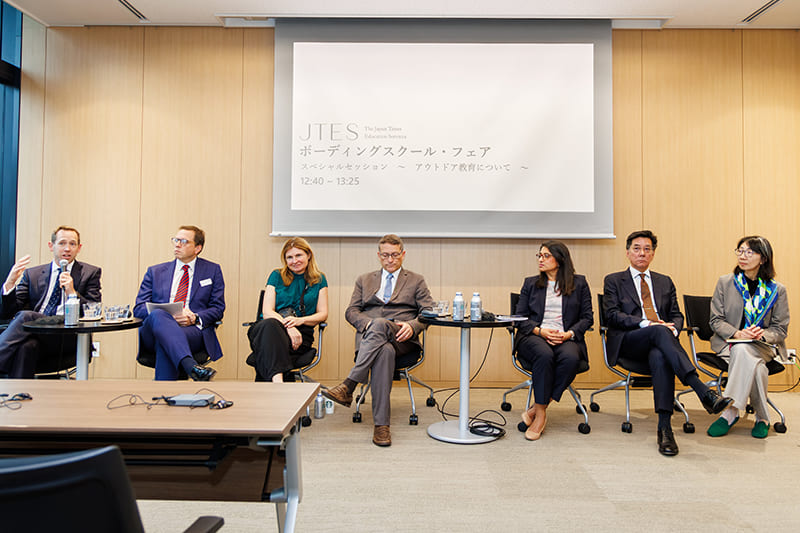April 25, 2025
Two chefs work toward Noto’s recovery through cuisine
FOOD
An event for the recovery of the Noto Peninsula that included taiko drumming and dance performances was held at Noto Airport on March 2. Present at the airport’s temporary restaurant area, which opened last November, was chef Toshiya Ikehata, a Japan Times Destination Restaurants 2022 honoree whose French restaurant L’Atelier de Noto suffered heavy damage in both the Noto earthquake of Jan. 1, 2024, and the torrential rains of the following September.
The restaurant is currently closed, but Ikehata has been cooking and distributing meals to people in the area since the day after the quake despite being a disaster victim himself.
Last August, he opened the Japanese-style restaurant Mebuki in Wajima together with others engaged in meal distribution. In November, he also opened a branch of Mebuki in the airport restaurant area.

Mebuki is a casual izakaya pub with a counter and private rooms.
6-1 Marine Town, Wajima, Ishikawa Prefecture
Tel: 090-2102-4567
Ikehata thought: “Wajima is a tourist destination. If restaurants aren’t open, the lights will go out.” That concern motivated him to use all his savings from his time at L’Atelier de Noto to launch a restaurant, with the help of additional funds raised through crowdfunding.
“My family objected,” said Ikehata. “I was even encouraged to make a new start in Osaka, where my wife’s family home is. But I wanted to stay in Noto. In terms of money, even before the earthquake I’d been giving back earnings from the restaurant to the people in the area — for instance by purchasing ingredients from producers at three times the usual price. So I simply thought I’d do the same thing this time, otherwise I wouldn’t be able to fulfill my calling as a person who cooks.”
The group that launched the restaurant included people engaged in a variety of occupations, many of whom worked with Wajima restaurants affected by the earthquake. But quite a few of them have now moved on to the next phase of their life — including some who returned to fishing and a miso store operator who became a carpenter — and the situation in the disaster area is changing as well. Amid these circumstances, more than 20 famous Tokyo chefs with connections to Ikehata came to distribute meals on March 3. Although the neighborhood where Mebuki is located is surrounded by temporary housing, there were few disaster victims among the visitors.

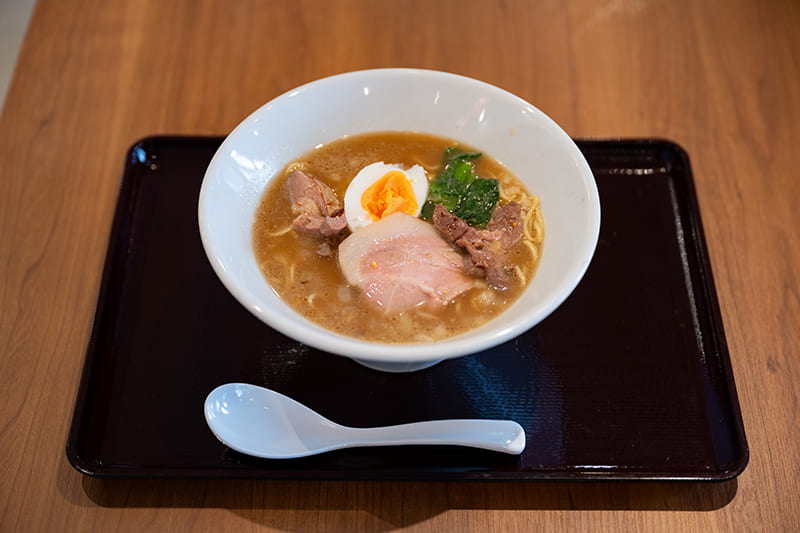
Ikehata said: “There are still areas where meal distribution is needed, so I’m grateful to the chefs who come and volunteer. But restaurants have started operating in the disaster areas too, so this time the chefs charged ¥100 per dish instead of offering them at no charge, in order not to interfere with the restaurants’ business.”
“As disaster victims, we can’t just receive people’s help forever. We want to be more independent,” Ikehata added — words much like those we have heard from other people in various places impacted by the disaster.
In the affected areas, the scale of the damage differs from place to place, and in each place some people were more affected. The city of Nanao suffered less damage than the Okunoto area. In addition, most of the road repairs in Nanao are now finished, and people are able to shop normally.
“But publicly funded demolition is 60% complete and the landscape has totally changed. What will it be like when everything has been torn down?” fretted chef Toru Kawashima, a Destination Restaurants 2024 honoree.

Kawashima’s Japanese restaurant, Ipponsugi Kawashima, is located on Ipponsugi-dori, a commercial street in downtown Nanao (formerly a castle town of the 16th-century general Maeda Toshiie) that is lined with traditional stores, including a kombu shop and a soy sauce business. He had just taken out a loan to build an accommodation facility next door when his restaurant was damaged in the earthquake. The restaurant building, a Registered Tangible Cultural Property, is over 90 years old. Many hurdles, including a shortage of artisans and soaring costs of materials, must be overcome to restore the structure, so repair work has not begun. Despite these circumstances, Kawashima thought about what he could do for others, and decided his role was to help preserve as much as possible of Ipponsugi-dori’s distinctive townscape.
“I thought I should purchase stores on the shopping street and repair and use them,” he said. “So I bought three buildings across the street from my restaurant. One will be a communal kitchen that other people can use, too. Another will be an accommodation facility. For the last one, I’m planning to create a restaurant with a gallery — a type of business different from Ipponsugi Kawashima. Actually, I’m simply doing things I’d envisioned even before the earthquake, because I’d always wanted to make Ipponsugi-dori a street where food was part of the appeal, with everything from inexpensive eateries that students could afford to fine-dining restaurants.”
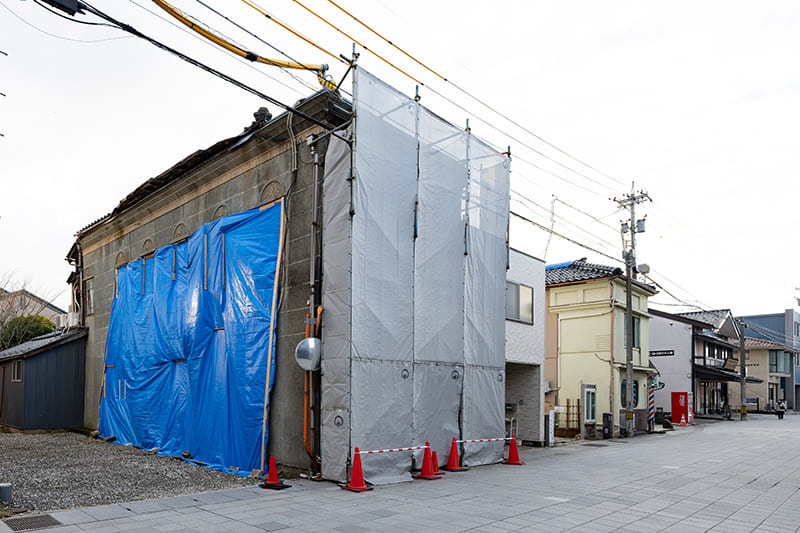
PHOTOS: TAKAO OHTA
Although Kawashima had originally planned to start the three businesses around last February, he is still unable to open them because the removal of rubble in the neighborhood is not progressing.
Kawashima frequently visits the coffee shop Chuo Saro. First opened in 1953, the kissaten is currently operating in one of the temporary structures provided by the city for businesses. Thanks in part to the cheerful personality of its owner, Takeo Kubo, the kissaten is frequented by many locals, who converse with Kawashima as they enjoy their coffee.
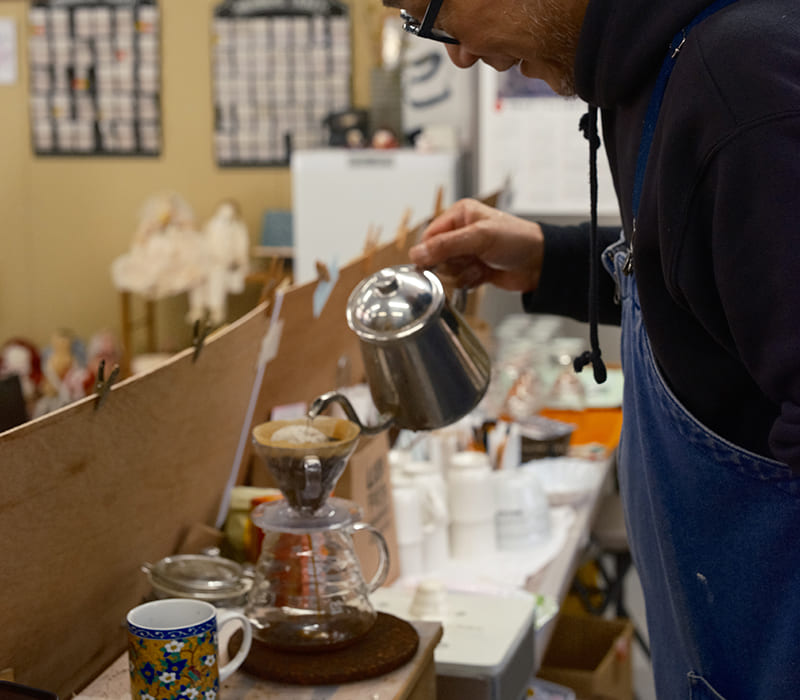
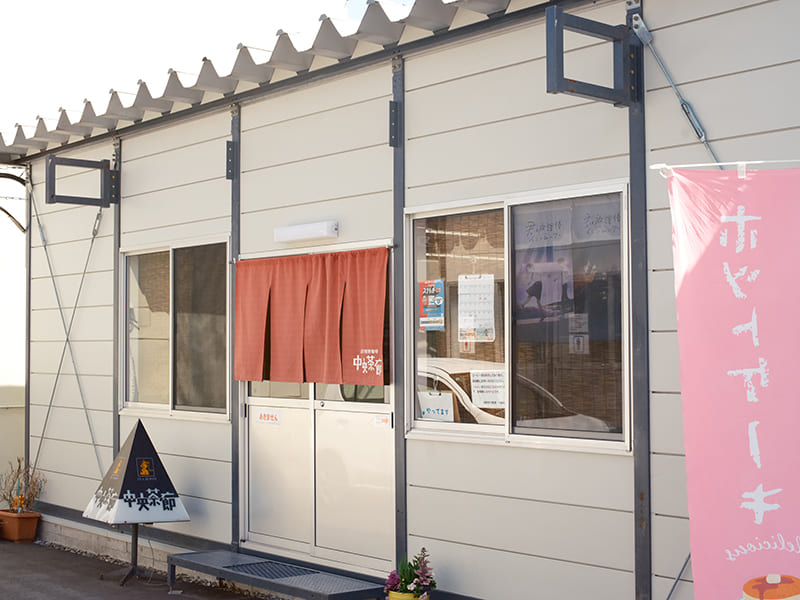
CHUO SARYO
Known for its hotcakes cooked on an iron griddle, this coffee shop will move in September to 12 Fuchumachi, Nanao, Ishikawa Prefecture. The temporary storefront building is at 100 Ipponsugi-machi, Nanao, Ishikawa Prefecture. It is open from 7 a.m. to 4 p.m., with irregular closure days.
PHOTOS: ISSHIN HATAKEYAMA
“I think little shops like this create the atmosphere of a town,” said Kawashima. “Even if the earthquake hadn’t happened, I’d already worried for a long time that small shops and restaurants may disappear in 10 or 20 years due to the owners getting older and so on, and that only chain restaurants will remain. I want to help keep these small places going. That’s why I’ve been traveling to Tokyo along with chefs from small restaurants and producers that basically hadn’t received much attention before, to hold events and tell people about the current situation in Noto.”
Kawashima and Ikehata have received numerous offers from famous restaurants in other prefectures to hold collaborative events, and those chefs come to visit them in Noto. Meanwhile, in areas that lack unifying figures like these two chefs, one hears comments like “We envy Wajima and Nanao.” Not only does the degree of damage vary in different parts of Noto, the power to move toward recovery differs in degree as well. How can the disparity among stricken areas be resolved? Solutions are still awaited.
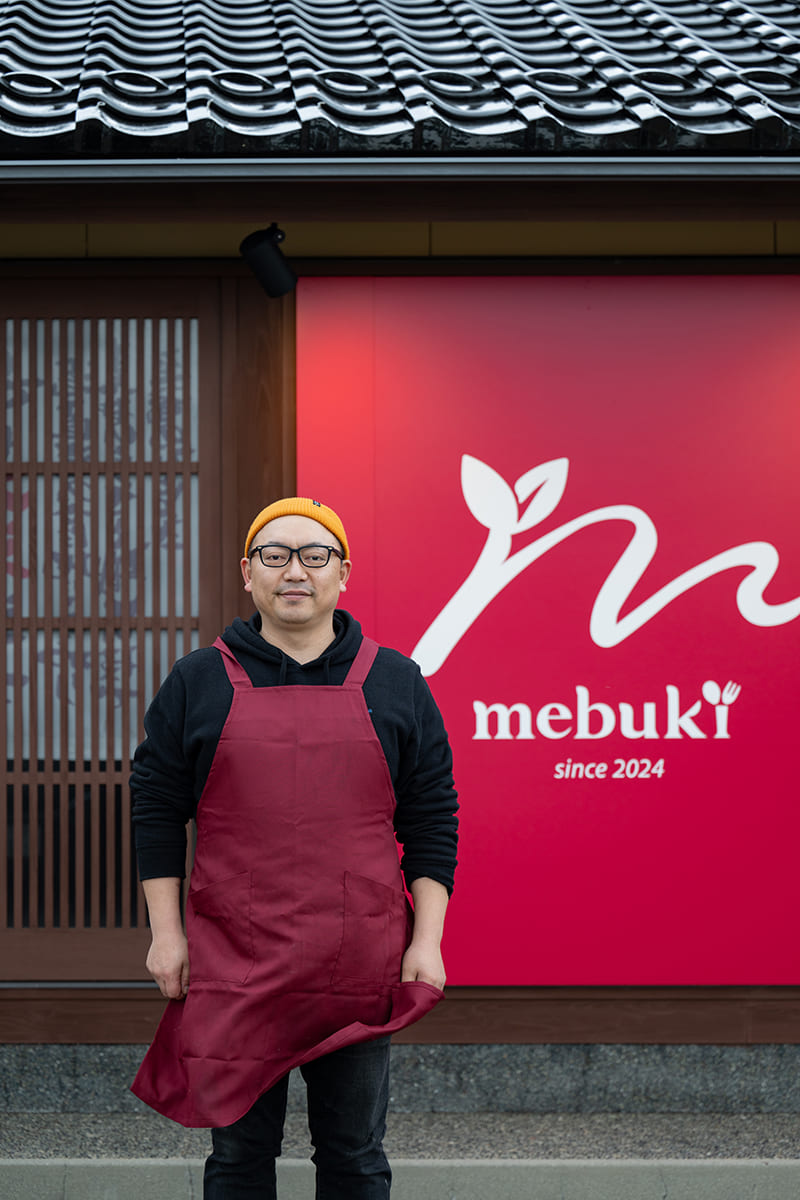
TOSHIYA IKEHATA
Born in 1979 in Wajima, Ishikawa Prefecture. As the owner and chef of the restaurant L’Atelier de Noto, Ikehata was a Destination Restaurants 2022 honoree. Even though his own restaurant suffered damage in the earthquake of Jan. 1, 2024, and again in the torrential rains of the following September, he has devoted his energy to meal distribution and charity initiatives. Last August, he opened the restaurant Mebuki in Wajima.
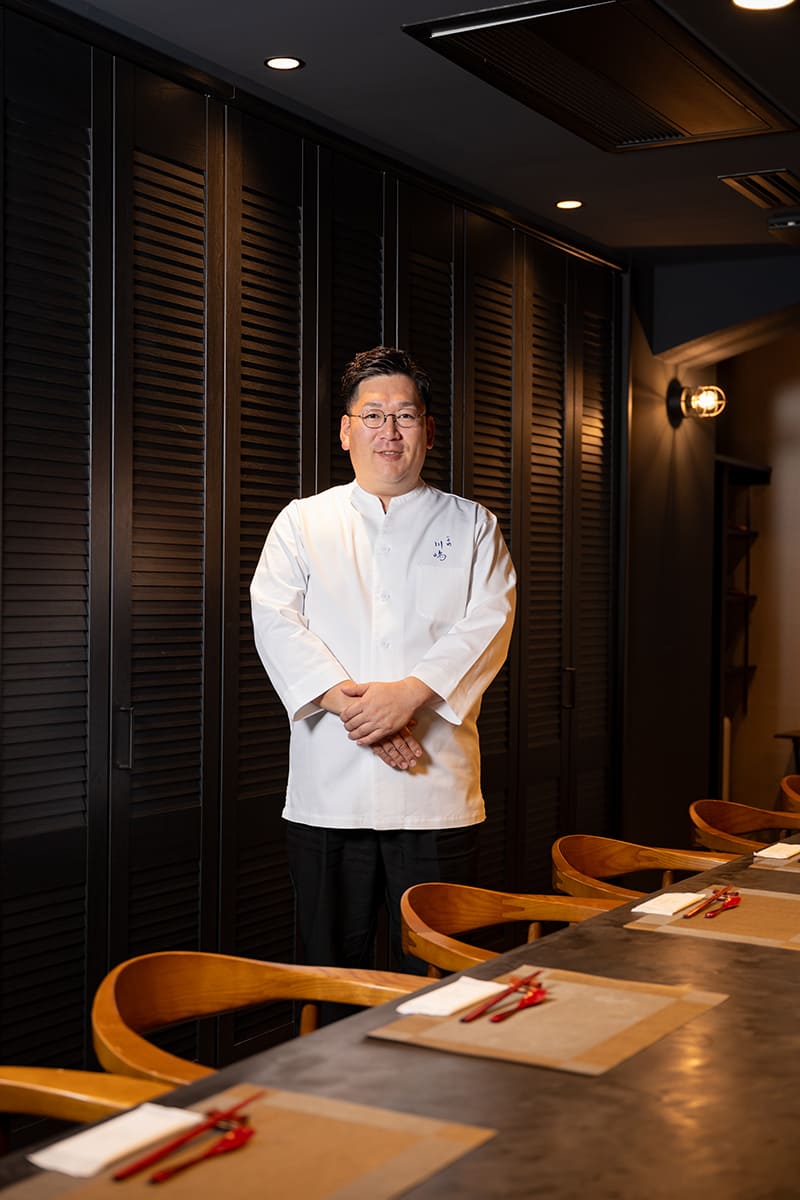
TORU KAWASHIMA
Born in 1984 in Nanao, Ishikawa Prefecture, the eldest son of the head chef of Kagaya, a famous traditional inn. At the age of 26, during a training stint in Osaka, Kawashima was seriously injured in a motorcycle accident, but made a full recovery. In 2020, he opened Ipponsugi Kawashima. A Destination Restaurants 2024 honoree, he is engaged in activities that increase awareness of the current situation in the Noto region through cuisine.
食を通じ復興を目指し奮闘する2人のシェフ。
池端隼也がオーナーシェフを務めるフレンチレストラン『ラトリエ・ドゥ・ノト』は「令和6年能登半島地震」の影響で休業しているが、2024年9月、輪島市に食堂『mebuki -芽吹-』をオープンさせた。立ち上げメンバーは市内で被災した飲食店に従事する人を中心にさまざまな職業の人たちがいたが、現在は復職や転職で次のライフステージに進む者も多く、被災地の状況も変化している。「いつまでも被災者として助けてもらうだけではいけない。もっと自立しないと」という言葉を、池端から、また被災地各所で耳にした。
奥能登と比べると比較的被害が少ない七尾市で日本料理『一本杉 川嶋』を営んでいた川嶋亨は公費解体後、景観が変わって街の魅力がなくなることを危惧。古民家を3軒買って修復し、宿泊施設やシェアキッチン、レストランとして運営するつもりで動いている。
一方、同じ能登のなかでも池端や川嶋のように求心力のある人材がいる輪島市や七尾市と、他地域との“被災地格差”をどう解消するのか。解決が待たれる。
Return to Sustainable Japan Magazine Vol. 47 article list page


